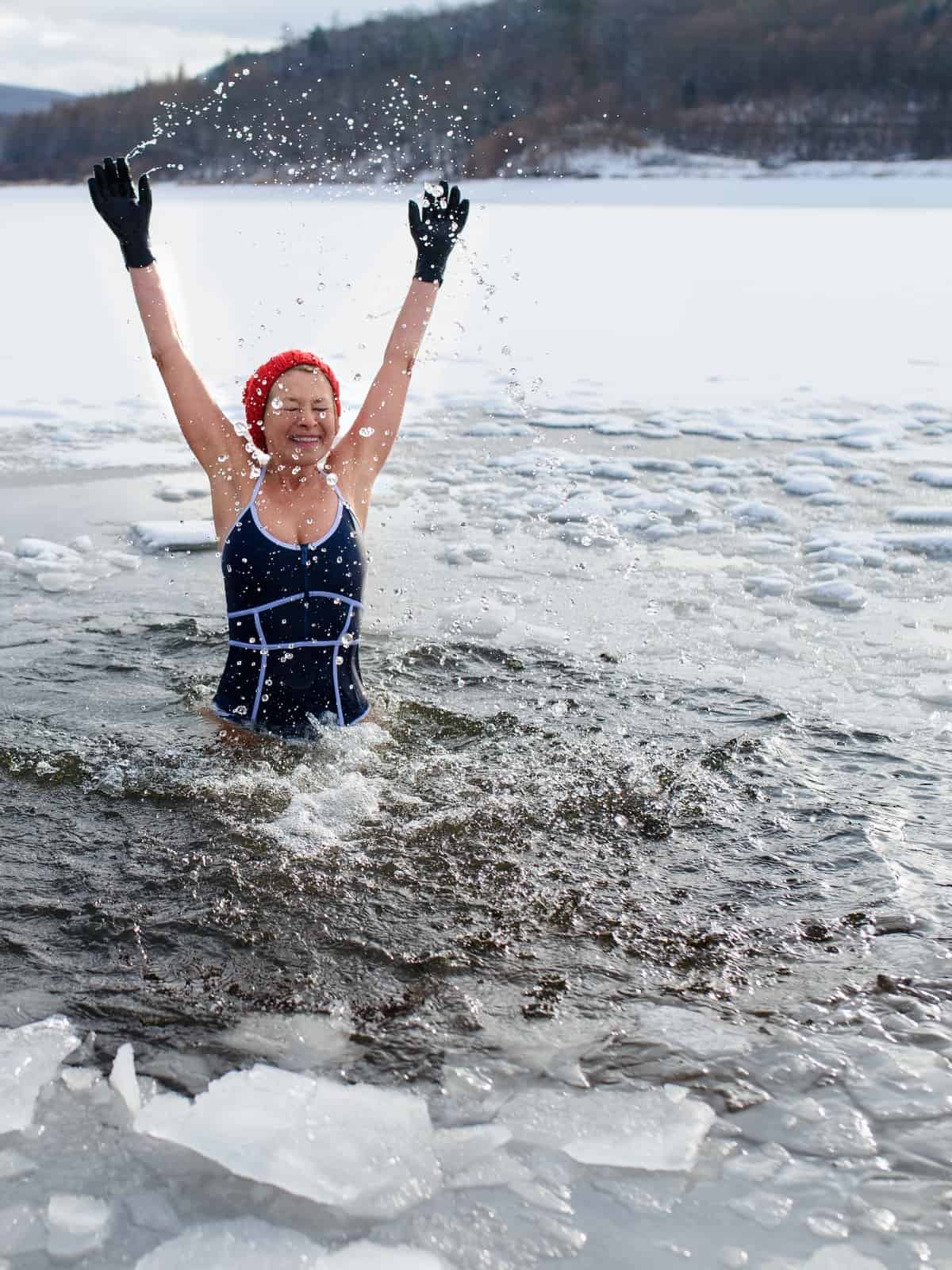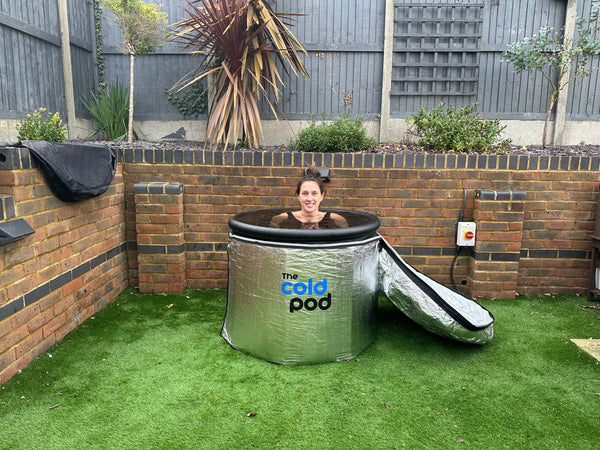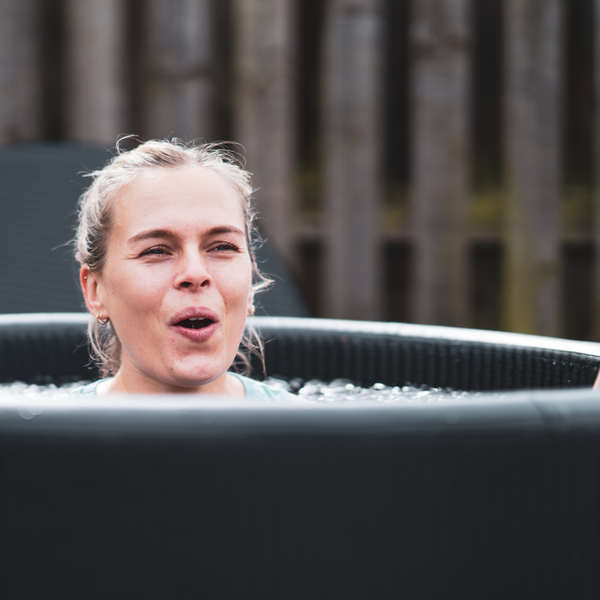Cold therapy has been used for centuries to improve physical and mental health. The history of cold therapy is long and rich, and it’s evolved over time. In this blog post, we’ll explore the evolution of cold therapy from its early origins to the modern-day.
Early History
The earliest recorded use of cold therapy dates back to ancient Egypt. The Ebers Papyrus, which dates back to 1550 BCE, describes the use of cold water for reducing inflammation and treating injuries. In ancient Greece, cold water immersion was used to treat a variety of health conditions, including fever, inflammation, and rheumatism. The Greek physician Hippocrates also recommended cold water immersion as a treatment for a variety of health conditions.
In the 19th Century
In the 19th century, cold therapy became more widely used in Europe and North America. Physicians began to use cold water immersion as a treatment for a variety of conditions, including tuberculosis, cholera, and typhoid fever. In 1852, Dr. James Manby Gully opened a hydropathic institution in England, where he used cold water immersion as a key part of his treatment regimen.
Cold therapy modern-day use
Today, cold therapy is widely used in sports medicine and physical therapy. Athletes often use cold water immersion to aid in recovery after strenuous exercise, as it can help reduce inflammation and soreness. Physical therapists also use cold water immersion to treat a variety of conditions, including arthritis, back pain, and muscle injuries.
In recent years, cold water immersion has gained attention as a tool for improving mental health. Studies have shown that cold water immersion can help reduce stress and anxiety, improve mood, and promote relaxation. The Wim Hof Method, a technique developed by the Dutch extreme athlete Wim Hof, involves cold water immersion as a key component.
The Wim Hof Method
The Wim Hof Method is a technique that combines cold water immersion with breathing exercises and meditation. It’s based on the principles of hormesis, which is the idea that exposure to small amounts of stress can actually be beneficial to the body. The method involves gradually exposing the body to cold water, starting with short exposures and gradually increasing the length of exposure over time.
The breathing exercises used in the Wim Hof Method are designed to help the body adapt to the stress of cold water immersion. The method involves taking a series of deep breaths, followed by holding the breath for as long as possible. This helps to oxygenate the body and improve circulation, which can aid in the recovery process.
The Wim Hof Method has gained popularity in recent years, and has been used by athletes, celebrities, and everyday people looking to improve their physical and mental health. While the method is not without its detractors, many people have reported significant improvements in their overall well-being after incorporating the method into their daily routine.
In conclusion, cold therapy has a long and rich history, and has evolved over time to become a popular tool for improving physical and mental health. From ancient Greece to the modern-day Wim Hof Method, cold water immersion has been used to treat a variety of health conditions and improve overall well-being. Whether you’re an athlete looking to aid in recovery or someone looking to improve their mental health, cold therapy is a versatile and powerful tool.








